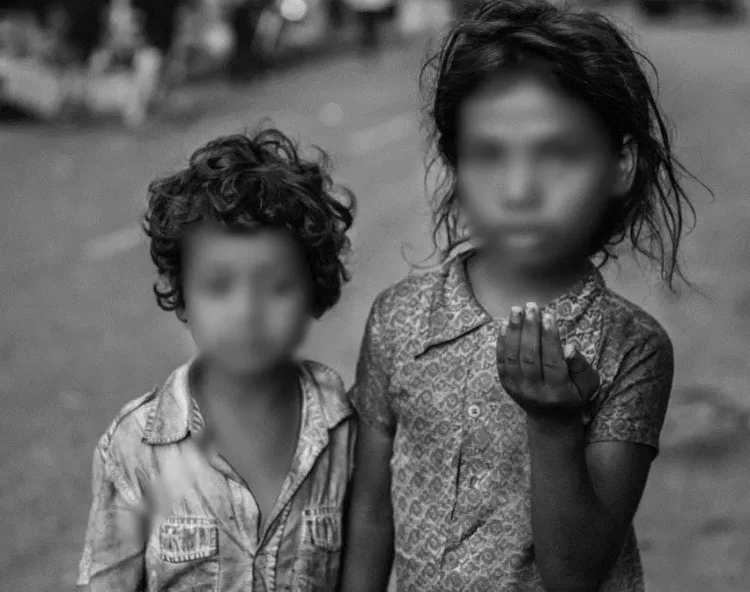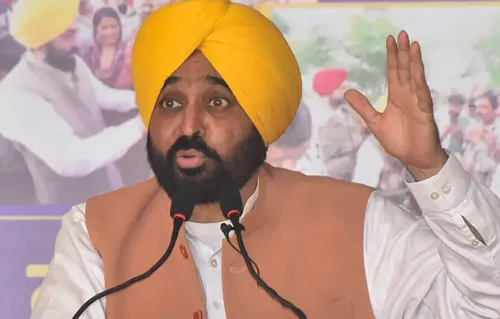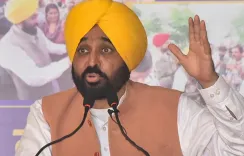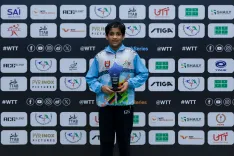Why is the Nagaland government taking steps to identify child beggars and enroll them in schools?

Synopsis
Key Takeaways
- Identification of child beggars is a priority for the Nagaland government.
- The initiative aims to enroll children in government schools.
- Collaboration with NGOs and community members is essential.
- Children aged 3 to 14 years are the focus of this campaign.
- Efforts align with the NHRC guidelines for child protection.
Kuhima, July 16 (NationPress) In a crucial initiative aimed at safeguarding the rights of marginalized children, the Directorate of School Education in Nagaland has released an advisory to identify children engaged in begging and facilitate their enrollment in government schools, as reported by officials on Wednesday.
An official mentioned that this advisory was issued in response to the guidelines provided by the National Human Rights Commission (NHRC) concerning the protection and rehabilitation of impoverished, uneducated children, women, and individuals with disabilities involved in begging.
The Principal Director of School Education, Shashank Pratap Singh, has urged members of Non-Government Organisations (NGOs), municipal councils, town and village councils, churches, student unions, and the general public to provide information about these children to the Child Helpline 1098, which will aid in their enrollment in the nearest government schools.
The Department of School Education is particularly focused on identifying out-of-school children aged 6 to 14 years who are either not enrolled or have dropped out of school prior to completing their elementary education, including those found begging.
Furthermore, children aged 3 to 6 years whose parents are engaged in begging and have not enrolled them in pre-school, Anganwadi, or Balvatika centres will also be targeted, according to the advisory.
All District Education Officers (DEOs), Sub-Divisional Education Officers (SDEOs), and Senior SDEOs have been instructed to collaborate with the relevant District Child Protection Units and Child Welfare Committees to ensure the admission of these children in accordance with the provisions of the Right to Education Act, 2009, as stated by the official.
The NHRC has previously issued an advisory to both the Centre and state governments, as well as Union Territory administrations, to formulate strategies aimed at eradicating the need for begging and improving the living conditions of those involved in it.
The Commission has observed that despite various initiatives and welfare programs implemented by both the Centre and state governments, the problem of begging remains prevalent throughout the country.
According to the 2011 census, India had more than 4.13 lakh beggars and vagrants, including women, children, transgender individuals, and the elderly who are compelled to beg for their survival, as noted by the NHRC.










